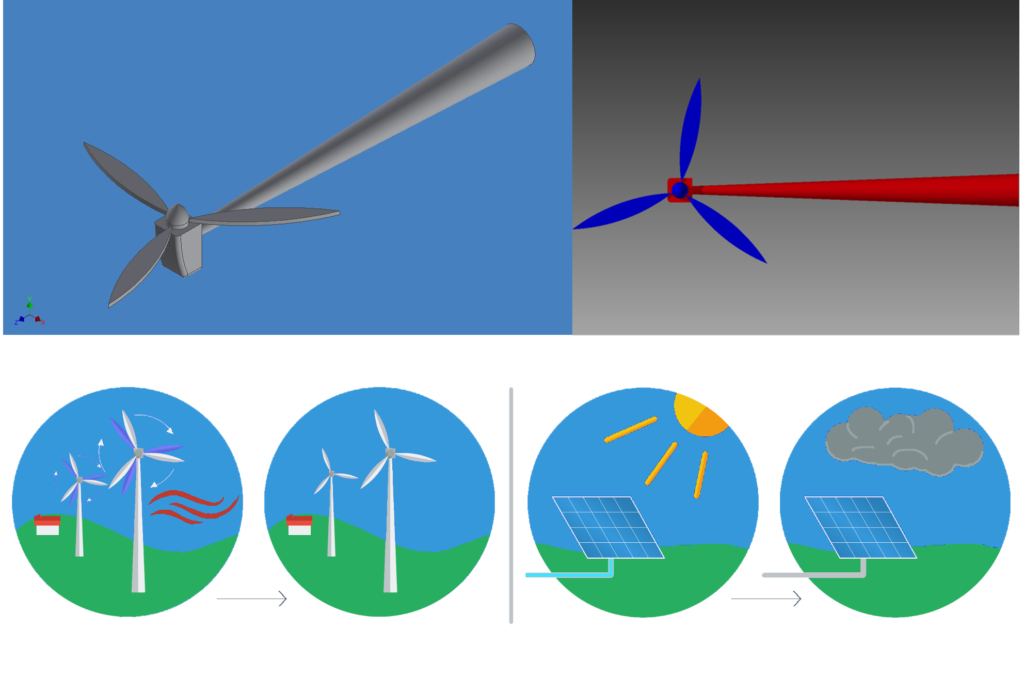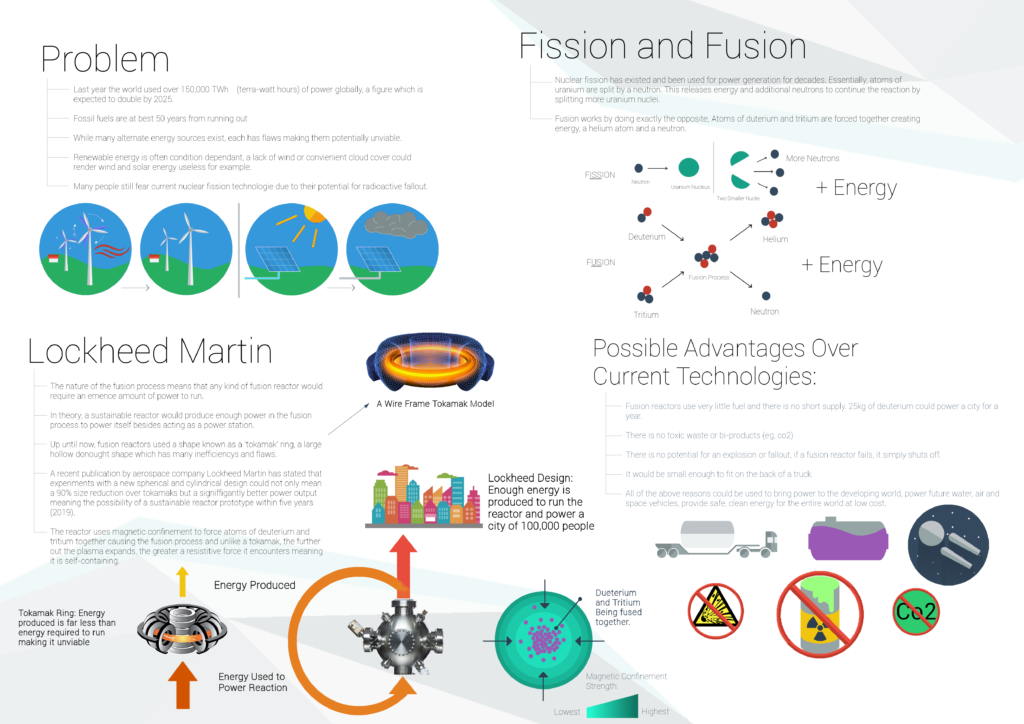A project looking to create an educational toy for nursery children aged 2.5 to 4 years, culminating in a robotic dog designed to provide companionship and empathy building skills.
The dog, designed to resemble the function of a pet to an age group unsuited to live animals, is tied into the IBM Watson API to respond intelligently to the child’s actions, mimicking a real pet. Within my high school, this project was the first and only SQA Higher Product design assignment to reach 100% in grading.

The target age group possess a challenge given they are so young, this outcome aimed to stimulate social and empathetic skills, getting them to play and connect with something that, to their eyes, is a real animal but without the risk or spontaneity of having live pets in the vicinity.

The Dog would function full time in the context of a nursery school or play centre, randomising its behaviour (in a controlled scope) and reacting to environmental stimulus. Through the Watson API, it is sensitive to the behaviours of young children, reacting to their needs, for instance, backing off and acting docile if they express fear, coming to comfort if they look sad, excited during play.

Control interfacing would be done through a custom computer software to customise behaviours, activate games, map the play area and ignore certain people should a particular child take exception to it.
The dog is short, geometric and robust, moving on protected wheels at the base of the legs, the dog can take a considerable amount of abuse whilst being possible to undergo repairs.

This project definitely veered into territory that at the time I was unfamiliar with, that being an area of psychology / therapeutic design and speculative territories about our future relation with technology.
If I were to do this project today, I would like to not get as hung up as I was on the physical aspects of the design, for example, the touch screen game interface that was unnecessary and far beyond the comprehension of the target age group. More attention could have been payed to the beneficial (or otherwise) ways we interact with animals and what core empathy skills a child of that age could benefit from boosting.
























